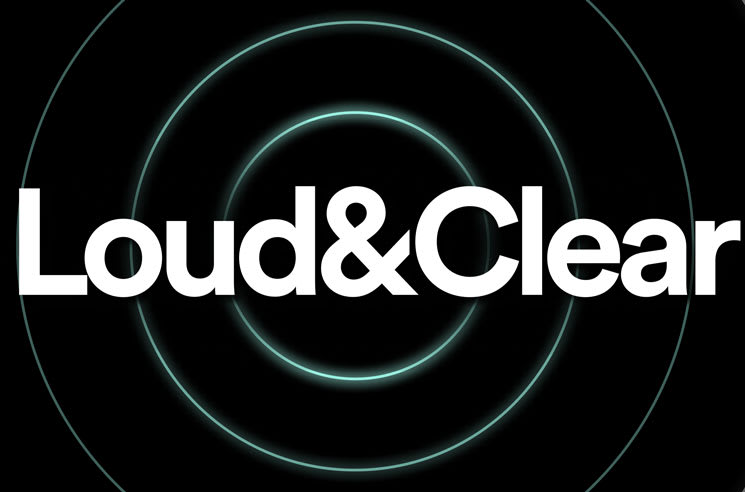Today, Spotify has launched "Loud & Clear" — a new initiative that "aims to increase transparency by sharing new data on the global streaming economy and breaking down the royalty system, the players, and the process."
The company hopes to achieve this through shiny, interactive data sets, graphs, videos, FAQs, third party resources and a message from Ek himself, who writes that "57K artists now represent 90% of monthly streams on Spotify — a number that has quadrupled in just six years. Our goal is to help musicians that aspire to be, or are professional to make a living."
Ek's stated goal appears to run counter to an announcement tweet, in which he writes that "fans will ultimately decide who thrives," when it comes to creating a more equitable present and future for musicians who are not yet established enough to meet Spotify's revenue thresholds.
These revenue thresholds are outlined in the video found below dubbed "How the Money Flows." According to the data, 870 artists each generated over $1 million in recording and publishing royalties last year. Approximately 1,820 artists generated over $500,000, while 7,800 generated over $100,000, and 13,400 generated over $50,000.
Speaking with Pitchfork, Spotify vice-president and head of marketplace Charlie Hellman cites year-over-year growth in artists reaching those royalty rates in claiming that Spotify's incentives align with artists' best interests.
"If you look at those graphs of how artists of different earning thresholds have grown over the past four years, what you clearly see is that Spotify has invested in a more engaging consumer experience: Having better programming, launching in new countries, all the things we do to invest in our business — they grow the pie for everybody," Hellman told the site. "We're constantly testing to see what is the revenue-maximizing price for [any given] market, because if we can find the revenue-maximizing price, that's best for Spotify and it's best for all artists. When we grow our revenues, artists' revenues grow. When we make our programming better, more artists can fit in and have a chance to grow an audience."
The launch of "Loud & Clear" comes on the heels of artists and music industry workers participating in coordinated "Justice at Spotify" demonstrations at Spotify offices in 31 cities around the world, organized by the Union of Musicians and Allied Workers (UMAW).
UMAW co-founder Damon Krukowski, a former member of American alt-rockers Galaxie 500, shared on Twitter that "Loud & Clear" does not provide promised transparency on a trio of demands UMAW has shared with the streaming company.
We have 3 demands for #JusticeAtSpotify. One is transparency: this website answers none of our questions about the sources of Spotify's income in addition to subscriptions and ads; payola for playlist/algorithmic preference; or the terms of their contracts with the major labels
— Damon K (@dada_drummer) March 18, 2021
Our other 2 demands are to stop fighting songwriters' legal victories for higher royalties (not addressed); and higher pay for streams. Or does $0.0038 per stream just "seem problematic" because it "appears" like $0.0038 per stream? Nope, it's cause it *is* $0.0038 per stream pic.twitter.com/SK7q8VPdjG
— Damon K (@dada_drummer) March 18, 2021
UMAW shared the following statement with Pitchfork concerning the launch of "Loud & Clear":
Following UMAW's international protests on Monday, Spotify has issued a response attempting to address our demands. We are pleased that Spotify has recognized the legitimacy of UMAW and the artists around the world who took action this week to demand better payment and treatment from the streaming giant. However, Spotify has failed to meet any of our demands. The company consistently deflects blame onto others for systems it has itself built, and from which it has created its nearly $70 billion valuation. We asked for transparency, but this website answers none of our questions about the sources of Spotify's income in addition to subscriptions and ads, payola schemes for playlist and algorithm prioritization, or the terms of their contracts with major labels. We have demanded that Spotify stop fighting to lower songwriters' royalty rates, but this is not addressed. And of course we have demanded at least one penny per stream. They have not provided any further information on their per-stream rate at this time, which is currently calculated at $.0038. UMAW will have a more complete statement in coming days.




